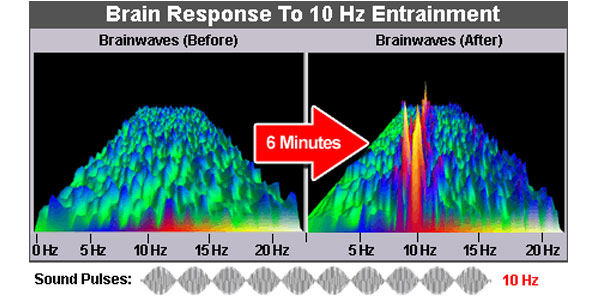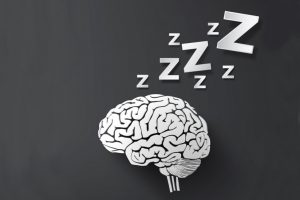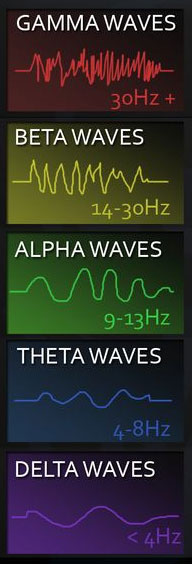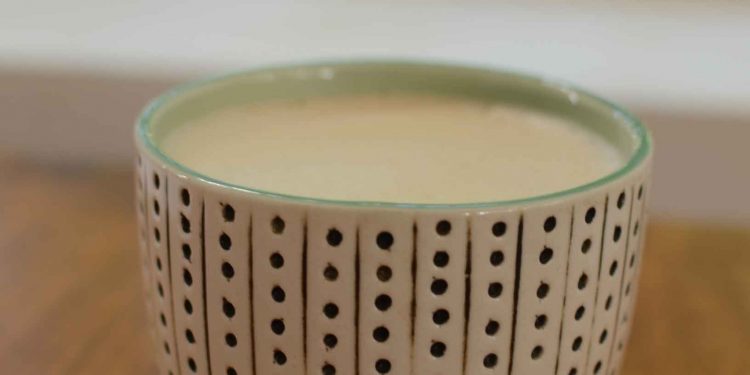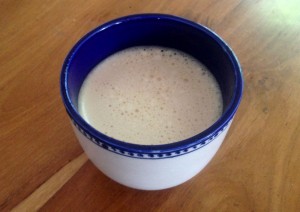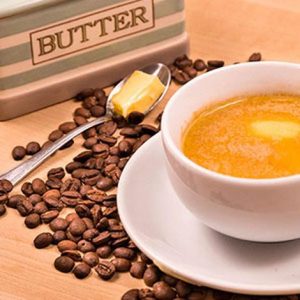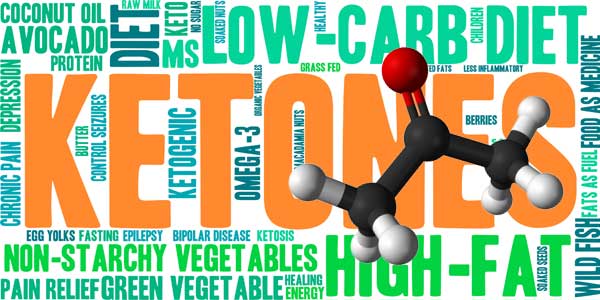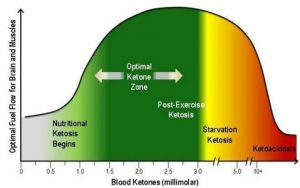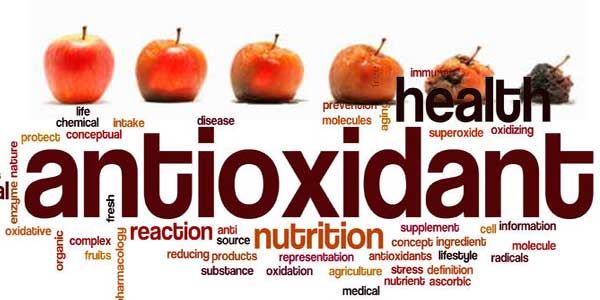Brainwaves are a measurement of the frequency that large groups of neurons are firing in your brain in order to communicate. They form pulses measured by a device such as an EEG in Hz.

Anxious & Agitated vs. Calm & Relaxed
It is a handy analogy to think of brainwaves as musical notes – the low frequency waves are like a deeply penetrating drum beat, while the higher frequency brainwaves are more like a subtle high pitched flute. Like a symphony, the higher and lower frequencies link and cohere with each other through harmonics.
The brain does not operate in just one single frequency; the full spectrum of brainwave frequencies are always running, all the time. The dominant frequency determines our mental state – and entrainment temporarily shifts our mental state by boosting one frequency to be louder than the others.
Here are the common brainwave states below:

DELTA WAVES (0.2Hz – 3Hz)
This is the time when your body can repair. Delta Waves are the slowest but loudest brainwaves (low frequency and deeply penetrating, like a drum beat). They are generated in deepest meditation and dreamless sleep. Delta waves suspend external awareness and are the source of empathy. Healing and regeneration are stimulated in this state. You will not remember anything while in Delta.
THETA WAVES (3Hz – 8Hz)
This is a deeply meditative state, associated with floating, heavy relaxation, or very light sleep. In theta, our senses are withdrawn from the external world and focused on signals originating from within. It is that twilight state which we normally only experience fleetingly as we wake or drift off to sleep. In theta we are in a dream: vivid imagery, intuition and information beyond our normal conscious awareness. It’s where we hold our ‘stuff’, our fears, troubled history, and nightmares.
ALPHA WAVES (8Hz – 12Hz)
This is the classic flow state. You are awake but relaxed and not actively ‘thinking’ about everything. Experienced meditators revealed strong increases in alpha activity. Alpha is ‘the power of now’, being here, in the present. Alpha is the resting state for the brain. It has been connected to the ability to recall memories, lessen discomfort and pain, and reduce stress and anxiety.
BETA WAVES (12Hz – 38Hz)
This is your wide awake default mode when attention is directed towards cognitive tasks and the outside world. Many people lack sufficient beta activity, which can cause challenges with focus, emotional stability, energy levels, attentiveness and concentration.
Continual high frequency processing is not a very efficient way to run the brain, as it takes a tremendous amount of energy.
GAMMA WAVES (38Hz – 42Hz)
Gamma brainwaves are the fastest of brain waves (high frequency, like a flute), and relate to simultaneous processing of information from different brain areas. It is associated with the formation of ideas, language and memory processing. The mind has to be quiet to access gamma, but it is a highly desirable state for getting shit done.
Gamma was dismissed as ‘spare brain noise’ until researchers discovered it was highly active when in states of universal love, altruism, and the ‘higher virtues’. Gamma is also above the frequency of neuronal firing, so how it is generated remains a mystery. It is speculated that gamma rhythms modulate perception and consciousness, and that a greater presence of gamma relates to expanded consciousness and spiritual emergence.


